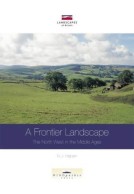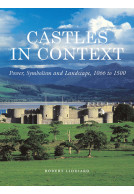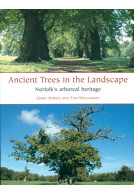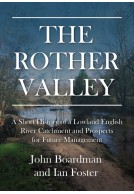How the Land Lies (Paperback)
The Origins of Regular Landscapes in the English Lowlands
Imprint: Windgather Press
Pages: 208
Illustrations: 80 illustrations, including 64 in colour
ISBN: 9781914427459
Published: 17th October 2025
Script Academic & Professional
Pages: 208
Illustrations: 80 illustrations, including 64 in colour
ISBN: 9781914427459
Published: 17th October 2025
Script Academic & Professional
You'll be £27.96 closer to your next £10.00 credit when you purchase How the Land Lies. What's this?
+£4.99 UK Delivery or free UK delivery if order is over £40
(click here for international delivery rates)
Need a currency converter? Check XE.com for live rates
(click here for international delivery rates)
Need a currency converter? Check XE.com for live rates
The assumption that regular landscapes that contain seemingly ordered arrangements of boundaries and lanes, could only arise through deliberate planning has been a central pillar of theories about ‘relict field systems’ – the survival of organised prehistoric and Roman field systems in the framework of the medieval and modern landscape. Similar ideas also underpin arguments for the planned origins of open fields. How the Land Lies argues that the notion that regularity must indicate landscape planning is flawed without careful consideration of the environmental context. In most discussions of regular landscapes any examination of the local topography is brief and limited but this approach risks overlooking topography and the natural environment as fundamental influences in the development of regularity in historic agricultural landscapes.
The early chapters touch upon another element of regular landscapes that rarely receives attention, and that is scale. Most examples of ‘relict field systems’ have been identified using the First Edition Ordnance Survey maps, which allowed large areas to be scrutinised from above – a viewpoint that was unlikely to be available to the individuals who lived and farmed within it. It can be surprisingly difficult to observe regularity at ground level, but when viewed on a large scale map the widespread repetition of manmade features on the same general orientation is arresting. In practice much of the regularity so apparent at a large scale is significantly less convincing at a local level.
While the landscape grain generally reflected the major topography of the area, this book suggests that the principal influence on the small detail of the field boundary was (and is) drainage, and in locations where the landform is planar the resulting landscape pattern is especially regular. The importance of local drainage patterns was as visible in the open field furlongs, as it was in the ‘relict landscapes’. The alignment of ridge and furrow was determined by the slope, and the proximity of a ditch or natural stream. This contradicts another key tenet of regular landscapes, namely that regularity could not arise organically such as through the gradual expansion of farmland over centuries.
Using case studies from Northamptonshire, West Cambridgeshire and Marshland, and citing examples from the East Riding of Yorkshire, the Midlands, and North Yorkshire, this book argues that not only can the appearance of regularity derive through piecemeal expansion over many years, but analysis of numerous open field furlongs with reference to the local environment demonstrates that this took place.
Other titles in Windgather Press...















